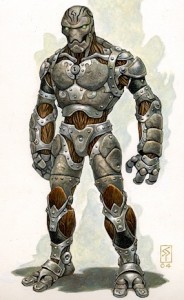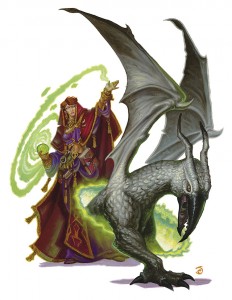 Warforged, and by extension constructs, are the most difficult races to play. But it’s this difficultly makes them extremely appealing to many gamers. The Warforged represents the best physical qualities that humanoids have to offer, yet they lack their fundamental weaknesses. They are, to put it bluntly, superior by design.
Warforged, and by extension constructs, are the most difficult races to play. But it’s this difficultly makes them extremely appealing to many gamers. The Warforged represents the best physical qualities that humanoids have to offer, yet they lack their fundamental weaknesses. They are, to put it bluntly, superior by design.
Today marks our 600th post. When we’ve hit significant milestones at Dungeon’s Master in the past we’ve tried to relate the number of that milestone into that article. Our 100th post was a list of 100 Great Things About D&D. For our 300th post Wimwick and I each created King Leonidas from the movie 300. Post 404 was all about Errors I’ve Made as a DM. With the 500th post looked at extreme wealth, the Fortune 500 of D&D.
Inspiration for 600 hit me when I was watching Terminator: Salvation on DVD. One of the Terminators they fought was the T-600 – an extremely powerful combat model. I’ve always believed that Keith Baker came up with his idea for Warforged after watching one of the Terminator movies. So with that in mind the 600th post seemed like the ideal time to take a closer look at Warforged in 4e D&D.


